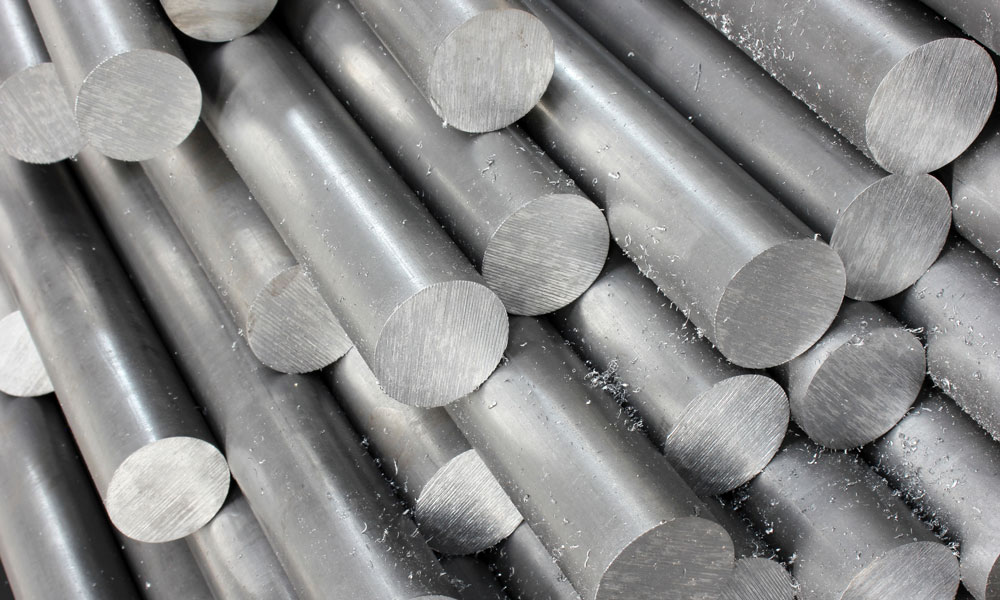
Aluminum Association Forges New Membership Model
The voice of the aluminum industry will now accept individuals as members. Aluminum Association executives hope the structure change will bring academics and other experts into the fold as it pushes its recruitment efforts.
The Aluminum Association is extending membership to individuals for the first time as it focuses on expanding during a period of turmoil for the industry as a whole.
Diran Apelian, a professor of mechanical engineering at Worcester Polytechnic Institute, will be the group’s first individual member unaffiliated with a company in the trade. Previously, the association only extended membership status to businesses—and, by extension, their employees—connected to the industry, said Matt Meenan, senior director of public affairs.
“What we’re really looking at here are academics and perhaps retired aluminum industry folks, but really people who can add value to the conversation that we have here in the association involving the industry, but who may not have that company backing where they can be members,” he said.
Apelian got involved with the association as a consultant, Meenan said. He has worked on several projects with the group, most recently studying automobile aluminum recycling.
To join the organization as an individual, a person must be nominated by an association official and then vetted by the membership committee. Meenan described the membership plan as a pilot program and said that it’s been in the works for several years.
The change comes as the association, which moved into new digs in Virginia last year, is focusing on expanding its membership base. They had about 90 when Meenan came onboard in 2012. That’s grown to 116 today, he said, including the addition of three companies in recent weeks.
“We really think the more people you can have at the table—the more voices, the more brainpower—the better outcome you’re going have,” Meenan said.
The newfound emphasis on membership recruitment has emerged as the industry stares down major challenges. While employment in the sector has grown, increased competition from China has left companies on the higher end of aluminum production struggling, reported Aluminium International Today earlier this month.
The number of jobs in that area of the industry dropped from 12,000 to 5,000 in three years, according to the outlet, and eight U.S.-based, high-end smelting companies have closed since 2015.
Figuring out how to deal with Chinese competition is one of the Aluminum Association’s top priorities, Meenan said. According to the association, Chinese producers accounted for about 10 to 15 percent of the global market in the early 2000s. That’s jumped to 55 percent today, according to Bloomberg Markets.
“We’re doing a lot of advocacy in Washington, we’re doing a lot of work with federal agencies to let them know what’s happening,” he said.
The association’s work on overseas competition is one of several efforts that have helped bolster its membership numbers, Meenan said. But the bulk of the credit for the group’s growth goes back to their recruitment efforts.
“It’s a recognition from the industry that some of the work we’re doing at the association is important, like our work on sustainability, global trade, and the automotive sector,” Meenan said. “A lot is happening at the association, but there’s just been a bit more of a focus here in really driving that recruitment process.”
(iStock/Thinkstock)





Comments